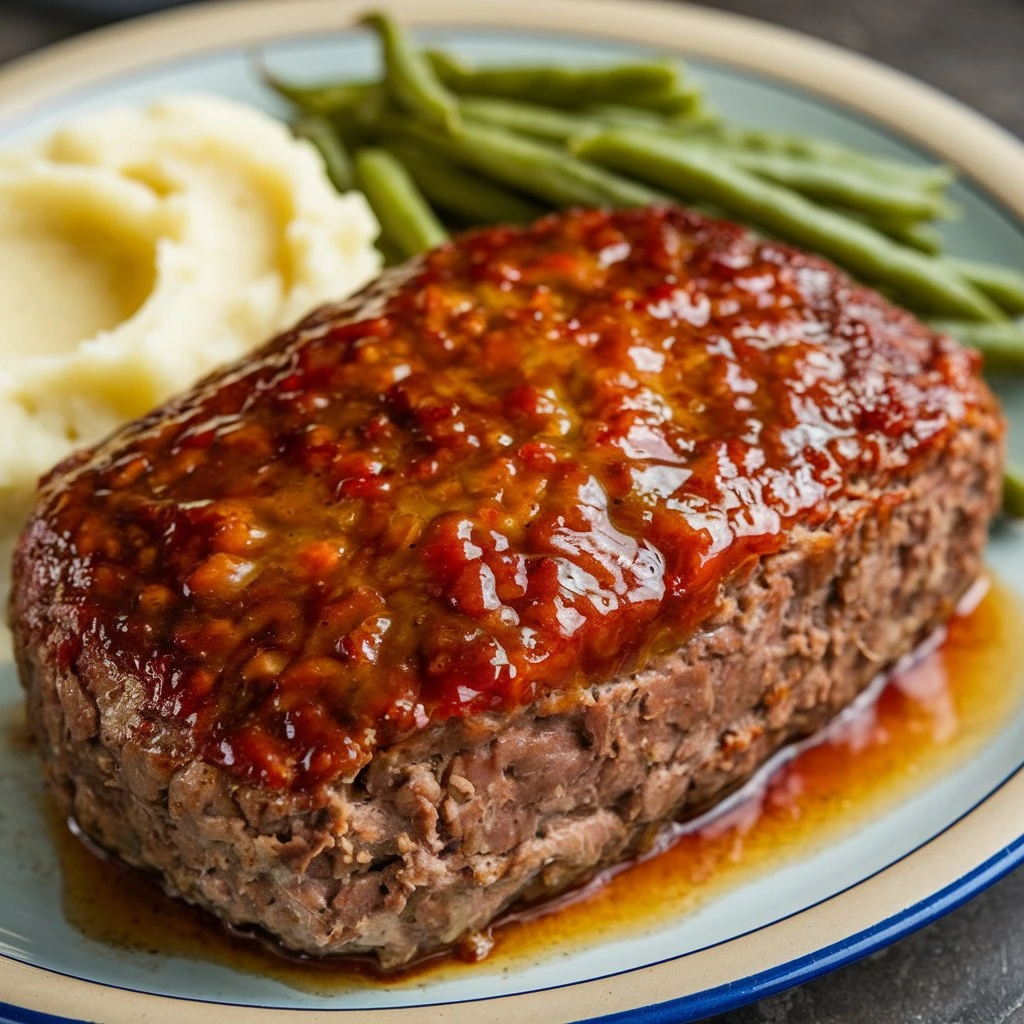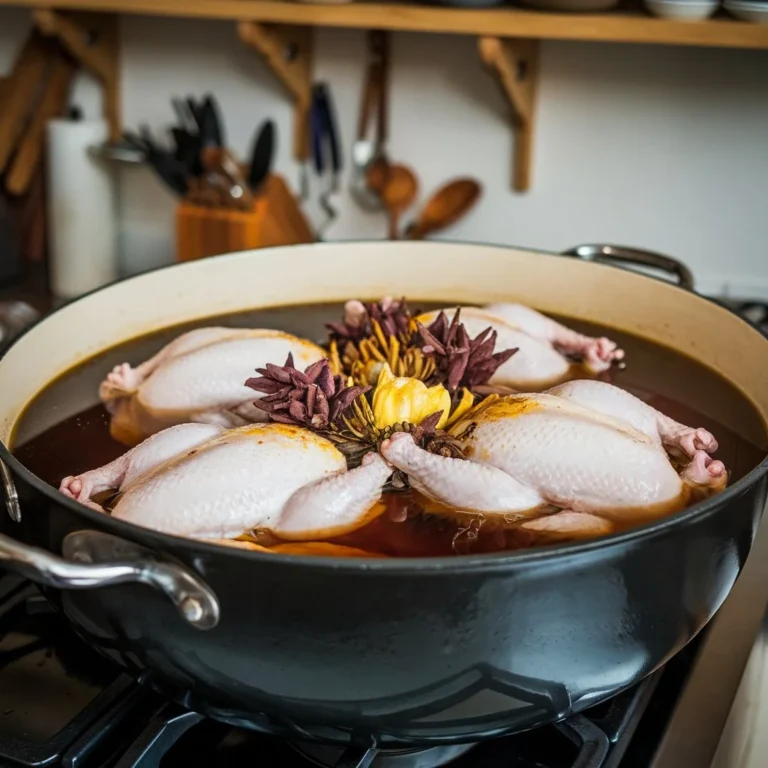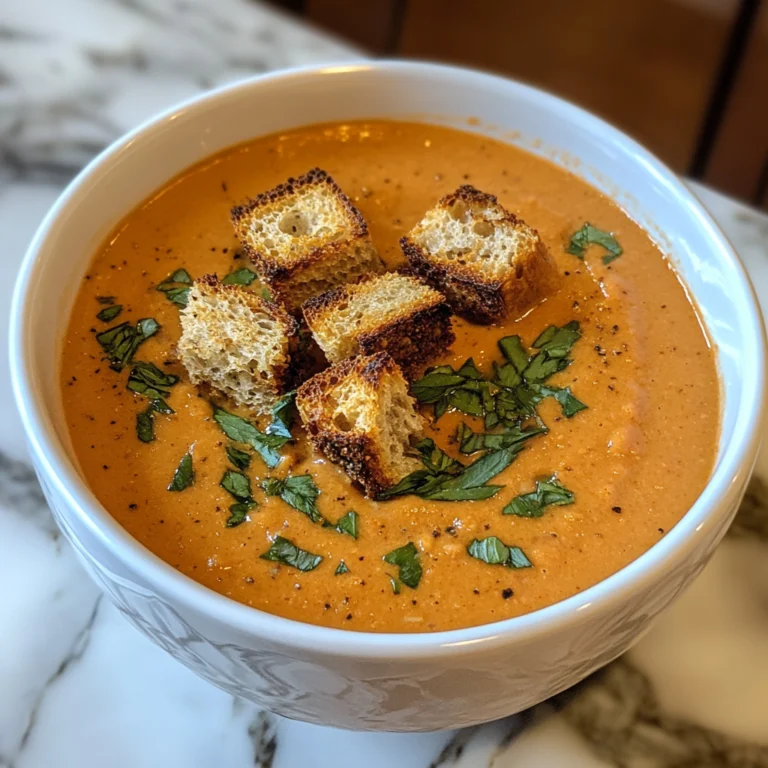Does Meatloaf Stall When Smoking?
Smoking meatloaf offers an exciting twist on the traditional oven-baked version, giving it a deep smoky flavor that can transform this classic dish into something extraordinary. However, many home chefs wonder if the challenges faced when smoking larger cuts of meat, such as brisket or pork shoulder, also apply to meatloaf. One common challenge in smoking is the stall, which refers to the period where the internal temperature of the meat plateaus or even drops. But does this phenomenon apply to meatloaf, and if so, how can you manage or prevent it?
This article delves into whether meatloaf experiences a stall when smoking, the reasons behind it, and the techniques to overcome or avoid the stall entirely. Additionally, we’ll explore the best practices for smoking meatloaf, common mistakes to avoid, and expert tips for achieving that perfect smoked flavor.
What is a Stall in Smoking?
The stall is a frustrating but well-known occurrence when smoking larger cuts of meat like brisket, ribs, or pork butt. It refers to the point during the cooking process when the internal temperature of the meat stops rising and seems to “stall” for an extended period. In some cases, the temperature may even decrease slightly before resuming its upward climb.
The stall happens because, as meat cooks, moisture evaporates from the surface. This evaporation has a cooling effect, much like sweat cools our skin. The longer the meat is exposed to heat, the more moisture evaporates, slowing the cooking process. The stall is especially common in meats with high-fat content or those cooked at lower temperatures, which causes the surface moisture to linger longer before it fully evaporates.
For large cuts of meat, managing the stall is a crucial part of mastering the art of smoking. But what about ground meat, specifically meatloaf? Does it encounter the same phenomenon?
To better understand how temperature management and moisture control influence the smoking process, you can check out this comprehensive guide to smoking techniques, which covers essential tips for all types of smoked meats.
Does Meatloaf Stall When Smoking?
The short answer is yes, meatloaf can experience a stall during smoking, although it is less likely to be as prolonged or severe as with larger cuts of meat like brisket. The stall typically happens when the internal moisture content of the meatloaf is high, and evaporation causes the cooking temperature to plateau. Because meatloaf is usually made from ground meat, which has a different structure and fat distribution compared to whole cuts, the stall is less pronounced, but it can still occur, especially if certain conditions are met.
Factors like the size of the meatloaf, its fat content, the smoking temperature, and the duration of the cook all influence whether or not you will encounter a stall.
If you’re eager to learn more about creating a perfect smoked meatloaf or looking for unique ways to enhance the flavor with different sauces, check out this ultimate guide to meatloaf sauce recipes, which offers creative variations to elevate your dish.
Key Factors That Cause Meatloaf to Stall
Understanding the factors that contribute to stalling is essential for successful smoking. Let’s break down the primary reasons why meatloaf might stall:
- Temperature Management:
Consistent temperature is the most important factor when smoking any type of meat. Fluctuating heat can cause the meatloaf to cool down, particularly if you are cooking at low temperatures (around 225°F). Keeping the smoker temperature within a range of 225°F to 250°F helps ensure the meatloaf cooks evenly. - Moisture and Fat Content:
Ground meats with a higher fat content tend to retain more moisture, which can contribute to the stall. Meatloaf mixtures made from ground beef (especially 80/20 blends) can hold onto more moisture than leaner options, leading to longer cook times. Opting for a leaner blend of ground beef or mixing with ground pork or turkey can reduce the moisture content and thus the likelihood of stalling. - Size and Shape of Meatloaf:
The size and thickness of the meatloaf play a significant role in whether or not it stalls. A larger or thicker meatloaf requires more cooking time, which increases the chance of a stall. Keeping your meatloaf to a manageable size (about 2 pounds) can help prevent stalling, as the internal moisture evaporates more quickly from a smaller loaf. - Smoking Temperature:
If your smoker runs too cool (below 200°F), the cooking process will be significantly slower, increasing the likelihood of a stall. On the flip side, cooking at too high a temperature (over 275°F) might cause the outer layer of the meatloaf to dry out while the center remains undercooked. Finding the sweet spot of 225°F to 250°F ensures the meatloaf cooks through without a lengthy stall.
For a deeper dive into achieving the perfect balance of fat and moisture in smoked meats, check out this article on meatloaf glaze alternatives, where you’ll find creative ideas for sauces that complement the flavors without adding excessive moisture.
How to Prevent or Manage the Stall
Even though the stall can be an obstacle, there are several methods to either prevent or effectively manage it. Whether you’re aiming to avoid the stall altogether or deal with it quickly once it happens, these techniques will help you keep your smoked meatloaf cooking smoothly.
1. Foil Wrapping (The Texas Crutch)
The most popular and effective method for overcoming the stall is using the “Texas crutch,” a technique in which the meat is wrapped in foil midway through the smoking process. This method helps trap heat and moisture, which prevents evaporation and keeps the internal temperature rising steadily.
How to Apply the Texas Crutch:
- After the meatloaf has smoked for about 2 hours (or once it reaches an internal temperature of around 150°F), remove it from the smoker and wrap it tightly in aluminum foil.
- Return the wrapped meatloaf to the smoker and continue cooking until the internal temperature reaches 160°F to 165°F.
- Unwrap the meatloaf for the last 20 to 30 minutes of cooking if you want to develop a crispier outer crust.
2. Maintain a Steady Smoking Temperature
A steady temperature in the smoker is critical for even cooking and avoiding the stall. Using a digital thermometer with a probe will allow you to monitor both the internal temperature of the meatloaf and the ambient temperature in the smoker.
Tips for Maintaining Temperature:
- Keep the smoker in a sheltered area to prevent wind or cold weather from affecting the temperature.
- Avoid opening the smoker too often, as this causes heat to escape and slows down the cooking process.
- Consider using a smoker with an automatic temperature control system to maintain a steady heat.
For an in-depth guide on managing smoker temperatures and using thermometers effectively, refer to this smoking techniques guide.
3. Use Leaner Meats
By reducing the fat content in your meatloaf, you can help decrease the moisture that causes the stall. A mix of lean ground beef, ground pork, or even ground turkey can help the meatloaf cook faster without experiencing a long stall.
Recommended Meat Mixtures:
- 85/15 or 90/10 ground beef for a leaner base.
- Ground turkey or chicken for a lighter option.
- A combination of ground beef and pork to balance flavor and moisture without excessive fat.
If you’re interested in further exploring different meat blends and their effects on cooking times, check out our guide on healthy meatloaf variations.
4. Control the Smoke
Heavy smoke can add too much moisture to the surface of the meatloaf, which slows down the cooking process. Keep the smoke light and clean to ensure the right flavor without overwhelming the meat.
Smoke Management Tips:
- Use a mild wood like apple, cherry, or pecan to avoid overpowering the meatloaf.
- Avoid over-smoking, which can lead to a bitter taste and extend the cooking time.
Additional Tips for Smoking Perfect Meatloaf
Now that we’ve covered how to manage the stall, here are some additional expert tips for smoking a perfect meatloaf every time:
1. Create a Flavorful Rub
A good rub can enhance the flavor of smoked meatloaf without adding too much moisture. Opt for a dry rub that includes salt, pepper, paprika, garlic powder, and onion powder. You can also experiment with adding sugar or brown sugar for a touch of sweetness, though be careful not to add too much moisture if you’re trying to avoid a stall.
2. Don’t Over-Mix the Meat
When preparing your meatloaf mixture, it’s important not to overwork the meat. Over-mixing can lead to a dense, tough texture, which makes it more difficult for heat to penetrate, increasing the chance of a stall.
3. Use a Drip Pan
A drip pan under your meatloaf helps collect the rendered fat and prevents it from creating flare-ups that could char the meatloaf. It also allows the meatloaf to cook evenly without sitting in its own juices, which can lead to a soggy texture.
4. Let the Meatloaf Rest
After removing the meatloaf from the smoker, allow it to rest for 10 to 15 minutes before slicing. This resting period lets the juices redistribute within the meat, ensuring a juicy, tender result. Cutting into the meatloaf too soon can cause the juices to escape, leaving the meat dry.
5. Experiment with Fillings
Smoked meatloaf offers a great opportunity to get creative with fillings. Consider adding cheese, vegetables, or even bacon inside the meatloaf for added flavor. Just be mindful that fillings can add moisture, so balance them with dry ingredients like breadcrumbs or oats to prevent a stall.
Common Mistakes to Avoid When Smoking Meatloaf
Smoking meatloaf may seem straightforward, but there are several common mistakes that can negatively impact the cooking process or the final result:
- Cooking at Too Low a Temperature:
Smoking at temperatures below 200°F can significantly extend the cooking time and increase the chance of a stall. Low temperatures also make it more difficult to achieve the desired crust on the outside of the meatloaf. - Overcompensating for the Stall by Increasing Heat:
Raising the temperature too much to overcome a stall can lead to overcooking or drying out the meatloaf. Instead of rushing the process, use techniques like foil wrapping or maintaining a steady temperature to manage the stall without sacrificing quality. - Wrapping Too Early:
Wrapping the meatloaf too early in the cooking process can prevent the formation of the characteristic smoky crust. Wait until the meatloaf has been smoking for at least 2 hours before wrapping, or until the internal temperature reaches around 150°F. - Neglecting to Use a Thermometer:
The only reliable way to know when your meatloaf is done is by using a meat thermometer. Eyeballing the doneness can lead to undercooked or overcooked results.
FAQ Section
Here are some frequently asked questions about smoking meatloaf and how to manage the process effectively:
Does Meatloaf Stall When Smoking?
Yes, meatloaf can experience a stall, although it is generally less severe than with larger cuts of meat. The evaporation of moisture from the ground beef or pork can cause the internal temperature to plateau.
How Long Should I Smoke Meatloaf?
A 2-pound meatloaf typically takes about 2 to 3 hours to smoke at 250°F. However, if a stall occurs, the cooking time may extend by 30 minutes to an hour. Wrapping the meatloaf in foil after 2 hours can help speed up the cooking process.
What Temperature Should I Smoke Meatloaf At?
The ideal smoking temperature for meatloaf is between 225°F and 250°F. This range ensures that the meatloaf cooks evenly and absorbs the smoky flavor without drying out.
Does Fat Content Affect Smoking Time?
Yes, higher fat content can increase the smoking time because fat retains more moisture. Leaner ground beef or a mixture of ground pork can help reduce the moisture content and prevent a stall.
Can I Prevent the Stall?
You can minimize the chances of a stall by using leaner meat, maintaining a steady smoking temperature, and wrapping the meatloaf in foil halfway through the cooking process.
Conclusion
Smoking meatloaf adds a delicious layer of flavor to a classic dish, making it a crowd-pleasing option for barbecue enthusiasts. While the stall can sometimes be an obstacle, understanding the factors that contribute to it and using the right techniques will help you avoid long delays in cooking. By maintaining a consistent smoker temperature, using the Texas crutch method, and experimenting with different meat blends, you can achieve the perfect balance of smoky flavor and juicy texture in your meatloaf.
For more detailed insights and creative recipes, including unique meatloaf sauces and smoking methods, be sure to explore additional resources at Aurelia Recipes.







